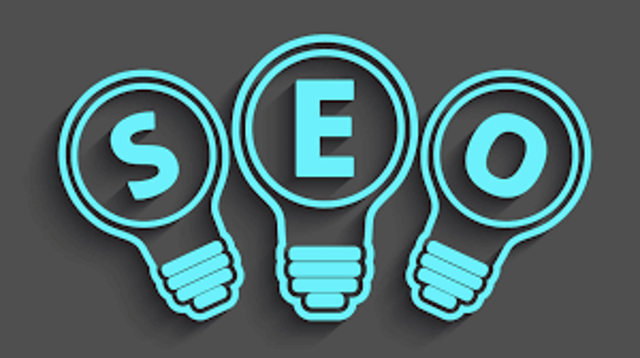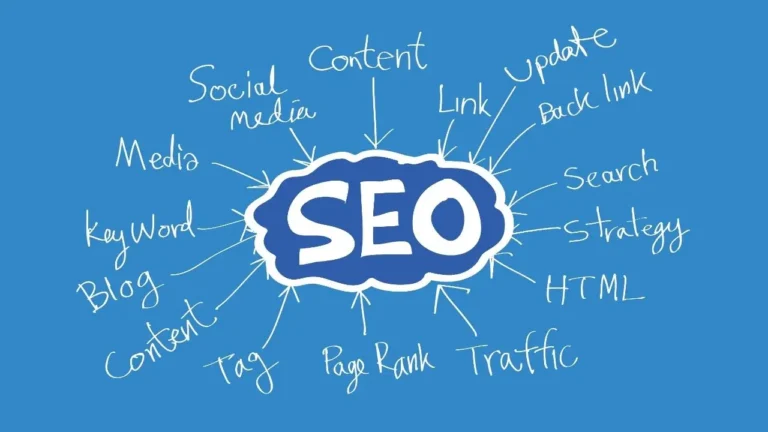If you’re planning to build a website—whether for a small business, freelancing career, or a side project—one of the first questions that comes up is: what will it cost?
Understanding costs from the start is important, not just for curiosity’s sake, but to avoid unpleasant surprises later and to plan your budget wisely.
The tricky part is that there isn’t one fixed answer. Ask ten business owners, and you’ll probably get ten completely different figures. A simple website with just a few pages can be built on a very modest budget, while a full-scale e-commerce platform with thousands of products and secure payment systems can cost tens of thousands. The variation depends on what your website needs to do.
The good news? Once you understand the different cost factors, you’ll be able to make smarter choices and control your expenses.
What Are You Paying For When Building a Website?
1. Design and user experience
Design isn’t just about colors and fonts—it’s about navigation, layout, responsiveness, and how visitors feel when they land on your site. A good design encourages people to explore, stay longer, and take action.
2. Development
Development is what transforms designs into a working website. Simple builds cost less, while custom features, integrations, and advanced coding increase costs.
3. Domain and hosting
Every website needs a domain (your web address) and hosting (where your site lives). Domains usually cost €10–€50 per year. Hosting prices vary: shared hosting is cheaper, while dedicated hosting offers better speed and security.
4. Content
A website without content is an empty shell. You can write and create visuals yourself, but hiring professional copywriters and photographers can make your site more engaging and conversion-focused.
5. SEO (Search Engine Optimization)
SEO helps people find your site. You can do it yourself with the right tools, or hire specialists. Either way, investing in SEO from the beginning saves time and money later.
6. Ongoing maintenance
After launch, websites need regular updates, backups, security checks, and occasional fixes. Ignoring this can cost more in the long run.
Typical Upfront Costs (One-Time Payments)
| Type of cost | Low estimate | High estimate |
|---|---|---|
| Domain name | €10/year | €50/year |
| Design & UX | €0 (DIY template) | €10,000+ |
| Development (CMS setup, features, integrations) | €0 (DIY) | €40,000+ |
| Initial content (copywriting, images, product setup) | €200 | €5,000+ |
Ongoing Costs (Monthly or Yearly)
| Type of cost | Low estimate | High estimate |
|---|---|---|
| Hosting | €50/year | €300+/year |
| Maintenance & security (updates, backups, fixes) | €100/month | €500+/month |
| Ongoing content & SEO | €200/year | €5,000+/year |
Variable and Hidden Costs
Some expenses aren’t obvious upfront but can become necessary as your site grows:
- Marketing & ads: €100/month – €10,000+/month
- Accessibility & legal compliance: €200 – €5,000+
- Performance upgrades (plugins, CDN, development): €100 – €10,000+
Other hidden costs may include:
- Non-converting content (great design won’t matter if content doesn’t sell).
- Dropped traffic from poor SEO setup.
- Technical debt from outdated templates or bad coding.
- Accessibility adjustments for users with impairments.
- Legal requirements such as cookie consent and privacy policies.
Website Building Options
There are three main approaches to creating a website, each with different cost levels:
- DIY Website Builders (Wix, Squarespace, etc.)
- Affordable, easy to use, and fast to set up.
- Best for portfolios, hobby sites, or very small businesses.
- Limited when it comes to scaling and advanced features.
- WordPress (with plugins like WooCommerce for online stores)
- Flexible, scalable, and widely supported.
- Ideal for small to medium-sized businesses.
- Lets you add features as you grow without rebuilding from scratch.
- Custom-built websites through an agency
- Best for large companies, complex e-commerce, or specialized services.
- Most expensive, but offers complete control and tailored functionality.
Budgeting Tips for Small Business Owners
- Keep it simple at the start. Don’t overspend on flashy design if it doesn’t help your customers.
- Prioritize content. Strong copy and visuals bring better SEO and conversions.
- Choose scalable tools. WordPress is a good long-term solution.
- Plan for growth. Launching the site is just the beginning—updating and optimizing is ongoing.
Ecommerce vs. General Websites
The type of website you’re building has a big impact on cost.
Ecommerce sites need:
- Payment gateways
- Product listings and inventory management
- Legal disclaimers and stronger compliance
- Enhanced performance and security
This makes them more expensive to build and maintain than simple informational websites.
Final Thoughts
Your website is an investment in your business. The actual cost depends on what you need: from a few hundred euros for a DIY site, to tens of thousands for a custom-built platform.
The key is balance—spend where it matters most (content, SEO, performance) and keep future growth in mind. Done right, a website won’t just look good; it will actively bring in customers, generate revenue, and scale with your business.





